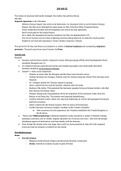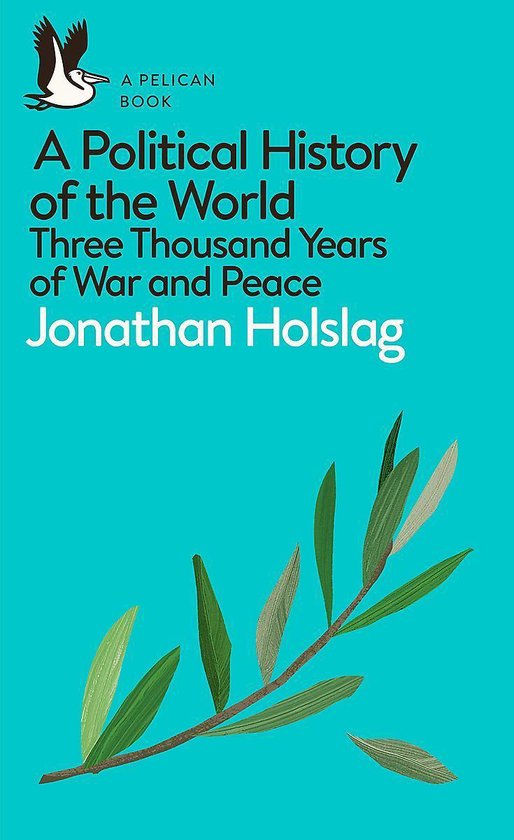250-500 CE
The dream of harmony had hardly changed. But reality was political decay.
250-500:
Imperial regression in all of Eurasia
- Western Roman Empire was overrun by barbarians. Its remnants lived on as the Eastern Roman
Empire. But this never attained the same power as that of the first 200y of imperial Rome.
- China: barbarians flooded into the kingdoms into which the Han splintered.
- Short-lived peak for the Gupta Empire.
- For a while, the Sasanians proved an exception, but they too degenerated in C5.
- The rest of Eurasia was an arena of fighting and fluctuating alliances as relatively small polities
fought for survival and supremacy: Funan, Pandya, Goguryeo, Yamato.
The period C3-C5: Han and Rome succumbed to a combo of internal weakness and unrelenting migratory
pressures. The push came from inner Eurasia: the Huns.
Central Asia
Nomads
● Xiongnu and the Huns (which comprised various tribal groupings (White, Red, Hepthaphilite Huns)
inhabited Mongolia and CA.
● C3: relations between agricultural centres and wandering peoples were profoundly disturbed.
Partially caused by environmental changes.
● Climate => chain mass migrations
○ Climate so severe that the Xiongnu and the Huns were forced to move.
○ Clashes between the Xiongnu, Xianbei, and the Chinese along the Yellow River became more
frequent.
○ 311: Xiongnu sacked the Chinese capital (Luoyang)
○ Huns: crossed the Don and the Danube. Clashed with the Goths.
○ Exodus of the Goths. This panicked the Germanic peoples living on Roman borders, who fled
and overran the Roman limes.
○ Climate change and overpopulation drove the migration of the Germanic tribes from the
Baltics to the Black Sea. The exodus was huge and destabilising.
○ Conflicts between Gothic tribes over land and leadership, as well as being plagued by famine
and Hun incursion.
○ Goths crossed into the Roman Empire. Were at mercy of the Romans.
○ Conflict between Germanic peoples: Vandals, Goths, Franks, Visigoths.
■ After numerous forced migrations, the Vandals established the Vandal kingdom in
North Africa.
● These were Völkerwanderungs: sustained migration crises caused by a combo of climatic change,
hardship, insecurity, lure of wealth. Rapidly spiralled out of control, into wars - first with the people
inhabiting regions of destination, and then fatally with the Romans.
● Even though the hordes were very large, they could not have prevailed as they did if the imperial
structures had not already corroded from the inside.
The Mediterranean
Rome
● The fall of Rome
○ Religious strife between Pagans and growing Christian community
○ Decius: ordered all citizens to pray to gods of Rome
, 250-500 CE
○ Plague outbreak
○ Emperor Philip the Arab was forced to sign an embarrassing treaty with the Sasanians in the
east, surrendering claims on Armenia and paying a large indemnity to have his hands free to
defend the northern frontier.
○ But its military capabilities were still greater than those of the Goths and Germanic tribes.
■ Formidable army, warships, better weapons.
○ Political weakness, not military weakness
■ The average reign was only 3y.
■ Diocletian appointed 3 co-rulers, each governing a part.
■ O1H no limits to military ambition, OOH he struggled to cope with the social unrest
within the (massive price inflation).
● Catastrophic policies - debasing the coinage, increasing taxes to pay for the
military.
○ Strong government came only after a new civil war, which then brought the period of relief:
Constantine
■ New gold coin to control the inflation (solidus)
■ Issued the Edict of Milan to end religious violence: recognised the right to religious
freedom.
● => seen as the point at which the Roman Empire formally ceased from
persecuting Christians and began to adopt the faith.
■ Capital moved to Byzantium, refounded as Constantinople 330 to increase his grip on
the wealthy eastern provinces and facilitate renewed centralisation.
○ 4C: Roman Empire increasingly split into western and eastern halves, with rival emperors
ruling from Rome and Constantinople.
○ Continued conflict with barbarian in the North.
○ Rome came to increasingly rely on poorly trained barbarian manpower for its defense and on
gold to buy peace.
○ Turbulence harmed trade and agriculture.
○ Heavy taxation and tax revolts
○ + Famine
==> The situation got completely out of hand.
○ 356: open war with the Alamanni (confederation of Germanic tribes)
■ Had to make concessions
● Grant land to the Salian Franks, and renewed annual payments of gold to
pacify the Sasanians.
○ Civil war
○ Miscalculation of the situation with the Goths: the latter pleaded for permission to settle
across the Danube after having been forced to migrate by the Huns; Romans refused, leading
to a major new border war.
○ Following the death of emperor Theodosius (395): empire was formally divided: Western
Roman Empire and Eastern Roman Empire.
● Western Roman Empire
○ 406: northern border of the WRE collapsed: the Alamanni, Vandals, Suevi flooded in.
○ 408: the Visigoths invaded Italy to avenge a massacre (of Goethic foederati) - long siege of
Rome.
○ 410: Rome fell to a foreign enemy for the first time.
■ Visigoths left laden with booty; the population had been halved.





